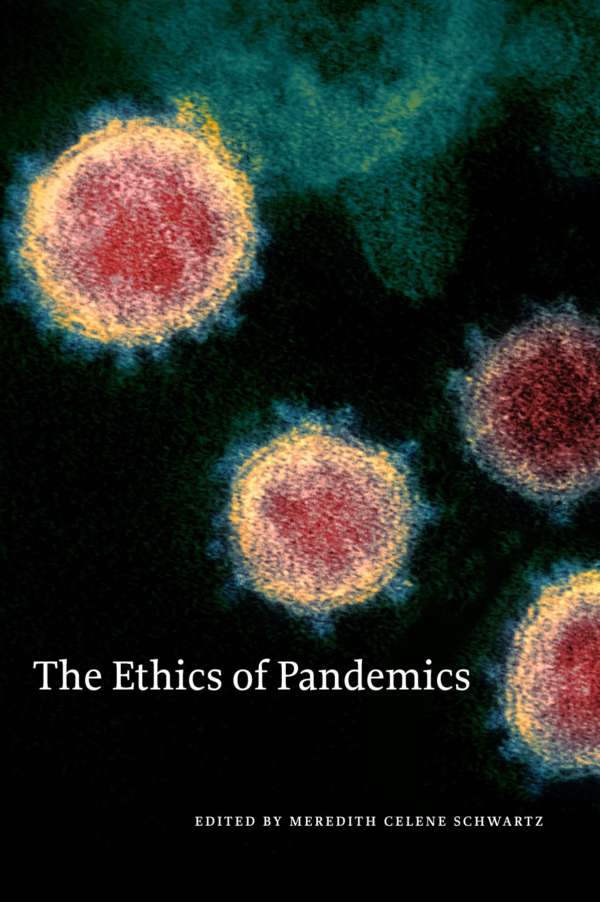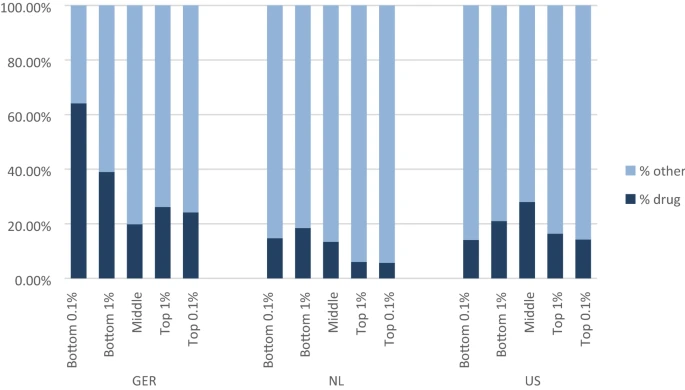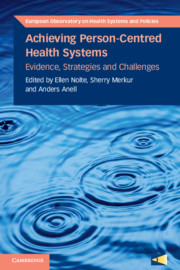Economics in the Age of COVID-19
Open access book by Joshua Gans. Must read. Controversial. Telling.
Forget false dilemmas, health vs economy.
The starting point is to understand that at any given point in time, there is only so much we can produce. Broadly speaking, if we want to have better public health outcomes, we need to take resources from elsewhere and so we can imagine that we get less of other stuff – which we would broadly call ‘the economy.’ What makes these trade-offs easy to grasp is that when we talk about producing some more public health, we can then think about how much less of the economy we get. Moreover, we are also confident that as we push for each extra bit of health, the more of the economy we have to give up each time. So, if our public health is poor, it is relatively ‘cheap’ (in terms of a reduction in the economy) to get more of it. When our public health is already prioritized, pushing the system further to gain even more health is relatively ”expensive” in terms of reductions to the economy. Thus, we do end up balancing and we don’t have the best imaginable public health outcomes because, frankly, we have decided not to pay the price. (In the technical interlude at the end of this chapter, I put all of this discussion in graphical terms that might be familiar to an Econ 101 student – the production possibilities frontier. You can delve into that or skip as you see fit.)
One reason a pandemic is awful is that it constrains even further what we can do with our scarce resources. We can neither sustain the level of the economy we had before without a decline in public health or vice versa. That in of itself would not pose an issue for our ability to fine-tune. Instead, there are two factors that fundamentally mean that we can no longer fine-tune and instead face a choice between prioritizing public health or the economy without the ability to balance those choices. Those two factors are (1) that a pandemic hollows out our ability to maintain the same balance between health and the economy and (2) that our choice of priority changes our options going forward; that is, they can drift.
Let’s begin with hollowing out. Recall that our ability to obtain our current balance of health and the economy is that we recognize that having a little more health or a little more economy is not worth the price in terms of what we give up for each. Absent other innovations – say a vaccine or, as I will discuss later, testing – the way to achieve our previous level of public health in the face of a pandemic is to socially distance. That means that we cannot physically interact with one another and, therefore, to a very large extent, we can no longer produce the economic outcomes we once could.
The problem is that the pandemic now changes the price of obtaining a little improvement in the economy. In order to do that, we must now give up a large degree of health. Being able to have slightly larger groups of people interact or have a few workplaces open poses a potentially high risk to public health because of the way a coronavirus might spread. Put simply, the option of sacrificing a little public health for having a little more economy is no longer open to us.
This also works on the flip side. One option with dealing with a pandemic is simply to ignore it and let life go on as usual. The hope from that plan would be to maintain the economy at its previous level, see the virus spread through much of the population, hope not too many people die and have a one to two-year large decline in public health. This was sometimes referred to as allowing the virus to ‘burn through’ the population. Even here the ability to fine-tune is compromised. You might want to achieve a slightly smaller loss of life from the pandemic but find now that the price of doing that, as even that would require a large amount of social distancing, has become very high.
Hollowing out means that you no longer want to maintain the same balance of the economy and health as you did previously. Instead, the ‘best’ choices are to prioritize one or the other. To be sure, there is a trade-off but no longer can you dial up a little bit more of this and a little bit less of that, you either prioritize the economy or you prioritize public health. You don’t want to try and do both.











